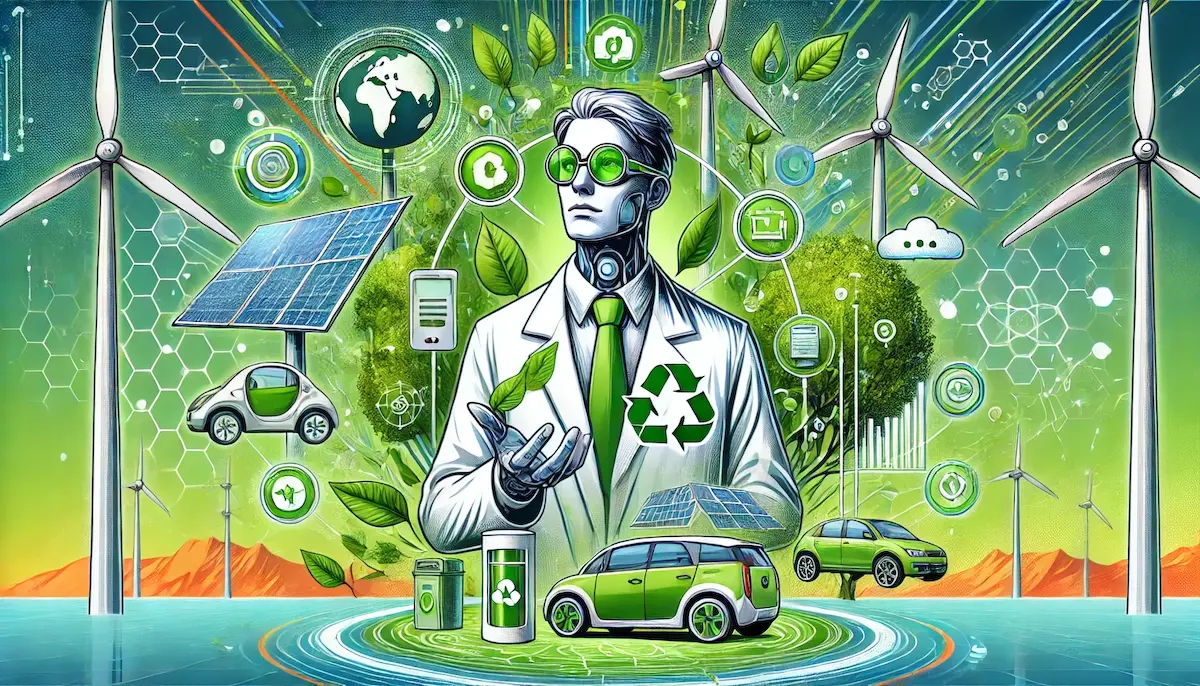As the world grapples with environmental challenges, green technology is emerging as a beacon of hope for a sustainable future. Green technology, also known as environmental technology or clean technology, encompasses a wide range of innovative solutions designed to reduce environmental impact and promote sustainability. Let’s delve into what green technology is, its various applications, and its significance in fostering a healthier planet.
What is Green Technology?
Green technology refers to the development and use of products, equipment, and systems that conserve natural resources and curb negative environmental impacts. This technology aims to create a sustainable relationship between human activities and the environment by enhancing energy efficiency, reducing waste, and minimizing pollution.
Key Areas of Green Technology
Renewable Energy
Renewable energy technologies, such as solar, wind, hydropower, and geothermal energy, are central to green technology. These sources of energy are sustainable and produce minimal emissions compared to fossil fuels. The development and deployment of renewable energy systems are crucial for reducing our carbon footprint and mitigating climate change.
Energy Efficiency
Improving energy efficiency involves using less energy to perform the same tasks, thereby reducing energy waste. This can be achieved through advancements in building design, such as better insulation and energy-efficient windows, as well as the use of energy-saving appliances and lighting. Energy-efficient technologies help lower energy consumption and greenhouse gas emissions.
Sustainable Transportation
Green technology in transportation focuses on reducing emissions and enhancing fuel efficiency. This includes the development of electric and hybrid vehicles, advancements in public transportation systems, and the promotion of cycling and walking infrastructure. Sustainable transportation solutions aim to decrease reliance on fossil fuels and reduce air pollution.
Waste Management
Effective waste management is a critical component of green technology. This includes recycling, composting, and waste-to-energy technologies that convert waste materials into usable energy. By managing waste more efficiently, we can reduce landfill use, lower greenhouse gas emissions, and conserve natural resources.
Water Conservation
Green technology also encompasses innovations in water conservation and management. This includes water-efficient fixtures, rainwater harvesting systems, and advanced wastewater treatment processes. These technologies help ensure a sustainable water supply and reduce the environmental impact of water usage.
Benefits of Green Technology
Environmental Protection
Green technology plays a vital role in protecting the environment by reducing pollution, conserving resources, and mitigating climate change. By adopting cleaner technologies, we can decrease the harmful impacts of industrial activities on the planet.
Economic Growth
The green technology sector is a significant driver of economic growth. It creates jobs in manufacturing, installation, maintenance, and research and development. As demand for green technologies increases, so does the potential for economic expansion and innovation.
Health Benefits
Reducing pollution and improving air and water quality through green technology can lead to better public health outcomes. Clean technologies help minimize the release of harmful substances, resulting in fewer respiratory and cardiovascular diseases among populations.
Energy Security
Green technology enhances energy security by diversifying the energy supply and reducing dependence on imported fossil fuels. This helps stabilize energy prices and reduces the vulnerability of energy systems to geopolitical tensions and market fluctuations.
Sustainable Development
Green technology supports sustainable development by promoting the efficient use of resources and reducing environmental degradation. This aligns with global efforts to achieve the United Nations Sustainable Development Goals (SDGs) and create a more sustainable and equitable world.
Challenges and Future Outlook
Despite its numerous advantages, green technology faces challenges such as high initial costs, technological barriers, and resistance to change. However, continuous advancements in research and development, along with supportive policies and increasing public awareness, are driving the growth and adoption of green technologies.
The future of green technology is promising, with ongoing innovations aimed at further reducing environmental impacts and enhancing sustainability. As more individuals, businesses, and governments recognize the importance of green technology, its implementation will continue to expand, leading to a healthier and more sustainable planet.
Blockfine thanks you for reading and hopes you found this article helpful.
